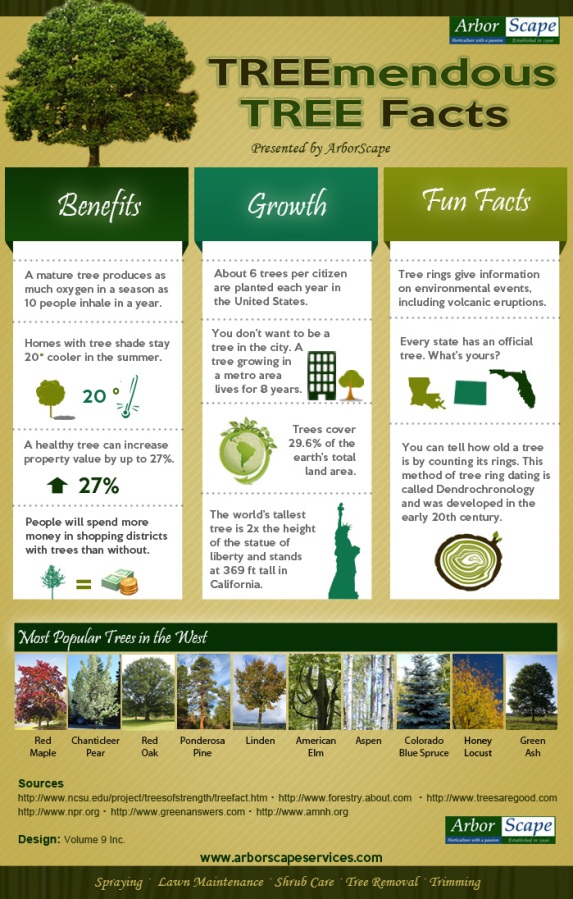Tree Care Throughout The Seasons: Best Practices For Handling Trees Before And Complying With Removal
Tree Care Throughout The Seasons: Best Practices For Handling Trees Before And Complying With Removal
Blog Article
Web Content Develop By-
When it comes to seasonal tree care, making certain appropriate monitoring before and after removal can significantly influence the health and visual appeals of your landscape. By recognizing what does an arborist do needed steps involved in examining tree health and wellness and preparing for removal, you can proactively secure your building. However what about the critical practices to adhere to when the tree is gone? Remain tuned to discover see the difference garden maintenance -removal treatment actions that will certainly aid you cultivate a growing and lasting setting for your trees.
Pre-Removal Tree Treatment
Before resolving the elimination of a tree, it's essential to focus on pre-removal tree care. Begin by examining the tree's health and wellness and architectural integrity. Look for indications of illness, pest infestations, or any type of architectural issues that might posture a safety threat throughout elimination. It's vital to consult with a certified arborist to establish the best strategy.
Pruning dead or unhealthy branches can prevent additional damages to the tree and guarantee a smoother removal procedure.
Furthermore, think about the environmental impact of getting rid of the tree. Trees play a vital duty in our ecological community, so growing a brand-new tree in an appropriate location can aid offset any loss. Make certain that you have the required authorizations and approvals for tree removal, specifically if the tree is protected by regional guidelines.
Seasonal Upkeep Tips
Analyzing your tree's needs throughout the year is necessary for its health and wellness and longevity. To keep your trees in top condition, follow these seasonal maintenance suggestions.
In spring, focus on pruning to get rid of dead or broken branches and encourage new growth.
Summer season asks for regular watering, specifically during droughts, to guarantee your tree remains hydrated.
As fall techniques, watch out for early indicators of disease or tension, and consider using mulch to safeguard the origins throughout winter season.
In winter season, be cautious when getting rid of snow from branches to prevent damage, and continue to check your tree's general wellness.
Keep in mind to adjust your care routine based on the details demands of your tree species and local environment. By staying conscientious and positive throughout the periods, you can assist your trees thrive and thrive for many years ahead.
Post-Removal Tree Care
To make sure the health and wellness of your landscape even after tree elimination, correct post-removal care is necessary. After a tree is eliminated, it's critical to fill up the remaining opening with topsoil and small it to avoid settling. This will certainly assist preserve the integrity of the ground and avoid possible dangers in the future.
Think about planting brand-new vegetation in place of the removed tree to bring back the equilibrium and appearances of your landscape. Frequently water the area to promote the growth of brand-new plants and protect against dirt disintegration.
Check the bordering trees for any type of indications of disease or tension that might have been triggered by the eliminated tree. Watch out for pests that could've been brought in to the previous tree and take preventive measures to shield the remaining greenery.
If needed, seek advice from a professional arborist to assess the effect of the removal on the surrounding trees and determine any additional treatment required. By following these post-removal care actions, you can make certain the continued health and wellness and appeal of your landscape.
Final thought
In conclusion, positive seasonal tree treatment is important for maintaining the health and equilibrium of your landscape. By analyzing tree health, pruning, and speaking with an arborist before removal, you can guarantee a risk-free procedure. After removal, loading the hole, planting new vegetation, and regular watering will certainly promote new development and stop erosion. Bear in mind to inspect surrounding trees for condition and seek additional treatment actions from an arborist to keep your landscape growing.
